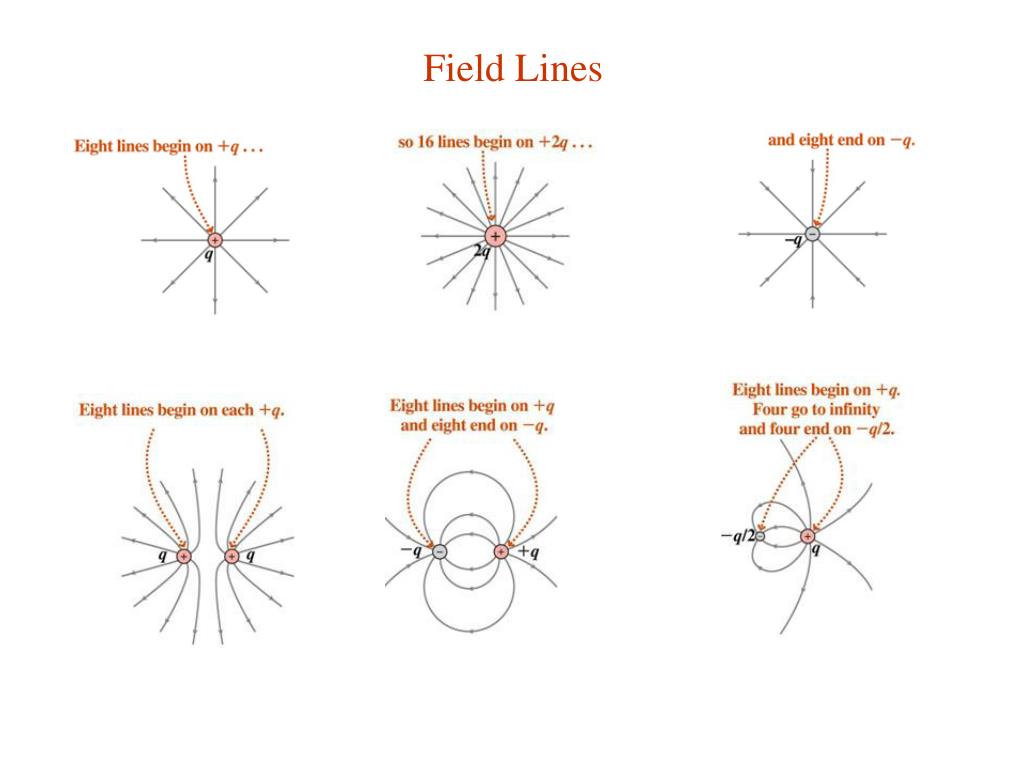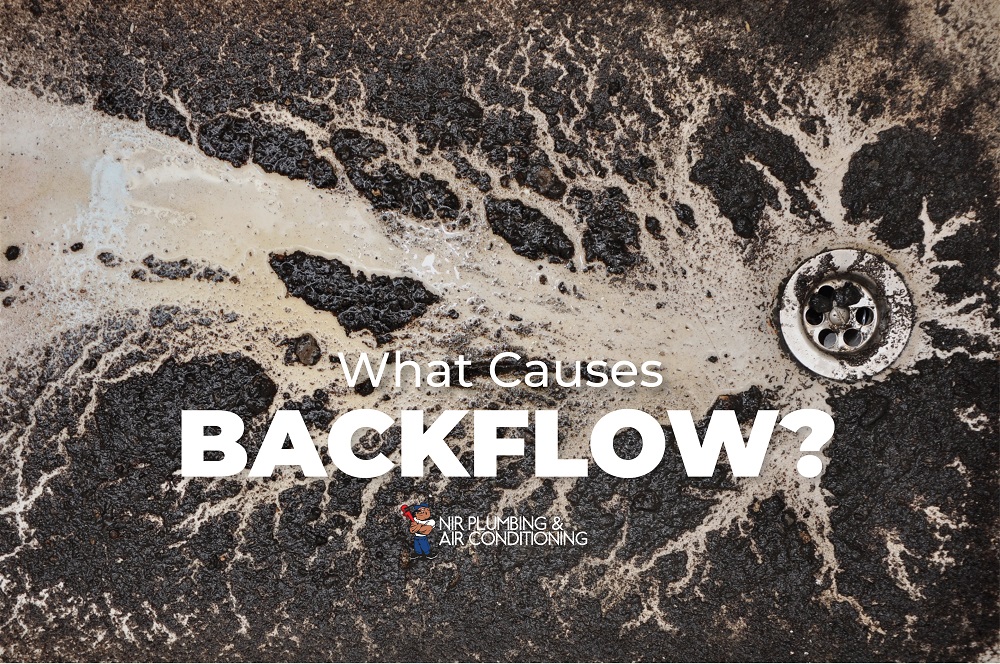


The drainfield is a shallow, covered trench made in the soil in your yard. Learn more about how your septic system works. Your septic tank should be serviced and pumped on a regular basis to make sure it’s working properly. Microorganisms act to break down the sludge and destroy some of the contaminants in the wastewater. The solids settle to the bottom (sludge) and fats, oil and grease float to the top (scum). The septic tank is a buried, water-tight container that holds wastewater for separation and treatment. Wastewater generated in your home exits through a drainage pipe and into a septic tank. Avoid flushing other chemicals or medications down the drain or toilet since they could also contaminate your drinking water well.

Make sure the wastewater is properly treated by your septic system and that your drinking water well is located at the appropriate distance (set back) from your and your neighbor’s system. Wastewater contains harmful bacteria, viruses, and nutrients that could make you sick if it comes in contact with your drinking water well. Water from toilets, sinks, showers, and other appliances is called wastewater and can be harmful to human health. Table on Septic Systems and Drinking Water Clickable Element


 0 kommentar(er)
0 kommentar(er)
